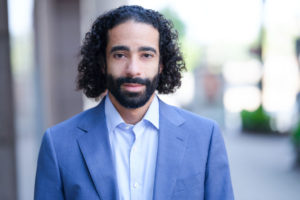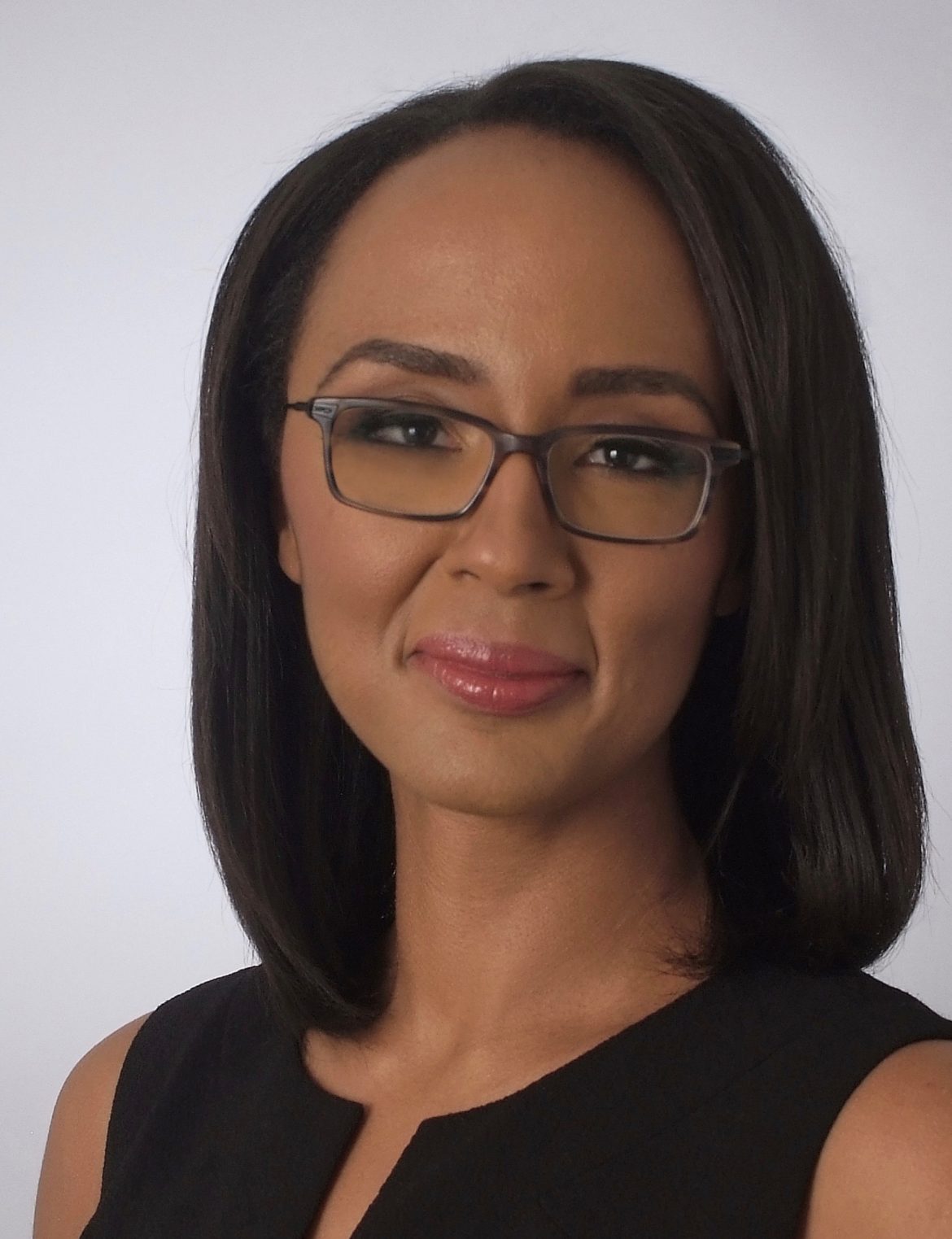Diversity has become a euphemism and we need to fix it. Many of us use the term “diverse” as a euphemism for “demographically underrepresented in some way.” While there is nothing inherently wrong with using shorthand, using the term “diversity” this way is often confusing and othering.
As DEI professionals, we spend an inordinate amount of time seeking clarity—confirming exactly what is meant by “diversity” in a given discussion, survey, or client request. This is because without clarification, the phrase is meaningless. As DEI expert Lily Zheng explains in their book, DEI Deconstructed: “are you trying to say ‘employees possessing identities other than cisgender, heterosexual, White, Christian, men?’ Isn’t that well, most people in the world. Is there a reason why you’re being so cryptic and unspecific in your wording, so much so that your call to action is completely un-actionable?”

Dan Sharpe, Diversity, Equity, and Inclusion Manager
The un-actionable call to action Lily describes manifests in a number of ways. For example, in seeking to improve diversity, efforts to recruit more Black applicants may not result in more Latino applicants, and efforts to improve the retention of women may not cause LGBTQ+ employees to stay at a higher rate. While there are some initiatives that may be effective with multiple demographics, most of the time, not being something simply isn’t enough commonality for solutions to be broadly effective. It is only by saying what we actually mean that we can begin to address the multitude of issues stemming from the unique histories of disparate groups typically lumped together under the umbrella of “diversity.” By not saying what we really mean, we’re not only obfuscating what’s going on in an organization, but also making it even more difficult to find and agree on paths forward.
Additionally, referring to an individual as “diverse” is grammatically incorrect. By definition, the word diverse describes a quality of a group. A singular person or object cannot be diverse. But even more importantly, referring to an individual as “diverse” will often cause that person to feel less-than or tokenized. When we refer to individual people of color, members of the LGBTQ+ community, people with disabilities, and women as “diverse,” we are demonstrating that what matters to us about them is not who they actually are or the skills they possess, but that they are something other than a straight, white, able, cisgender man.
Also, straight, white, able, cisgender men can be negatively impacted by this way of thinking. These men may feel like their plurality (they aren’t a majority in all cases) puts them at odds with the “diverse.” Careless messaging around diversity and its benefits may be seen as an implication that this cohort plays no role in, or adds no value to, a diverse team. Failure to take a thoughtful and holistic approach to diversity can alienate potential allies and hinder the very type of cooperation that adds value to an organization.
In law firms, client surveys and programs, like Mansfield Certification, aimed at furthering diversity in the profession, may unintentionally reinforce this type of euphemistic thinking. For example, to be Mansfield certified, firms are asked to consider at least 30% “women lawyers, underrepresented racial and ethnic lawyers, LGBTQ+ lawyers, or lawyers with disabilities” for leadership roles. Firms needn’t care which of those things a candidate is, since any person who isn’t a straight, white, cisgender man without a disability counts.
Discussing race, gender, ability, and sexual orientation in an open and honest way may be hard and uncomfortable, but frankly, the discomfort that we try to euphemize our way out of can be what helps us make progress. Being thoughtful with our language might require seemingly minor changes such as saying things like “we would like to increase the racial diversity of our applicant pool” instead of “we are looking for more diverse applicants,” but the difference between setting out to build diverse teams from the start and sprinkling in some “diversity” for appearances is anything but minor.



